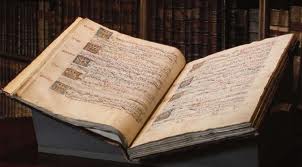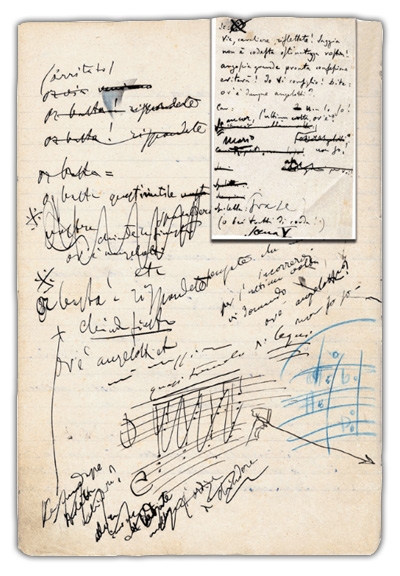In 2015 Bärenreiter issued Requiem KV 626: Faksimile der autographen Partitur in der Österreichischen Nationalbibliothek, a complete autograph edition of Mozart’s Requiem.
The surviving manuscript reflects its dramatic history: Mozart’s handwriting and the supplementary entries by Süßmayr and others often appear on the same page. The corner of a page where Mozart wrote down one of his last musical ideas was later stolen; it is still visible in an old photograph. Each page is individually cut to match the manuscript, conveying a vivid impression of the original. A foreword discussing the genesis of the Requiem and a detailed description of the manuscript complement the facsimile score.
Below, an excerpt from the work.
More articles about Mozart are here.






